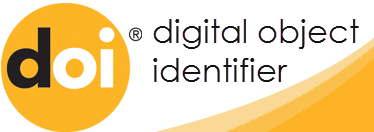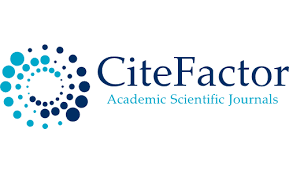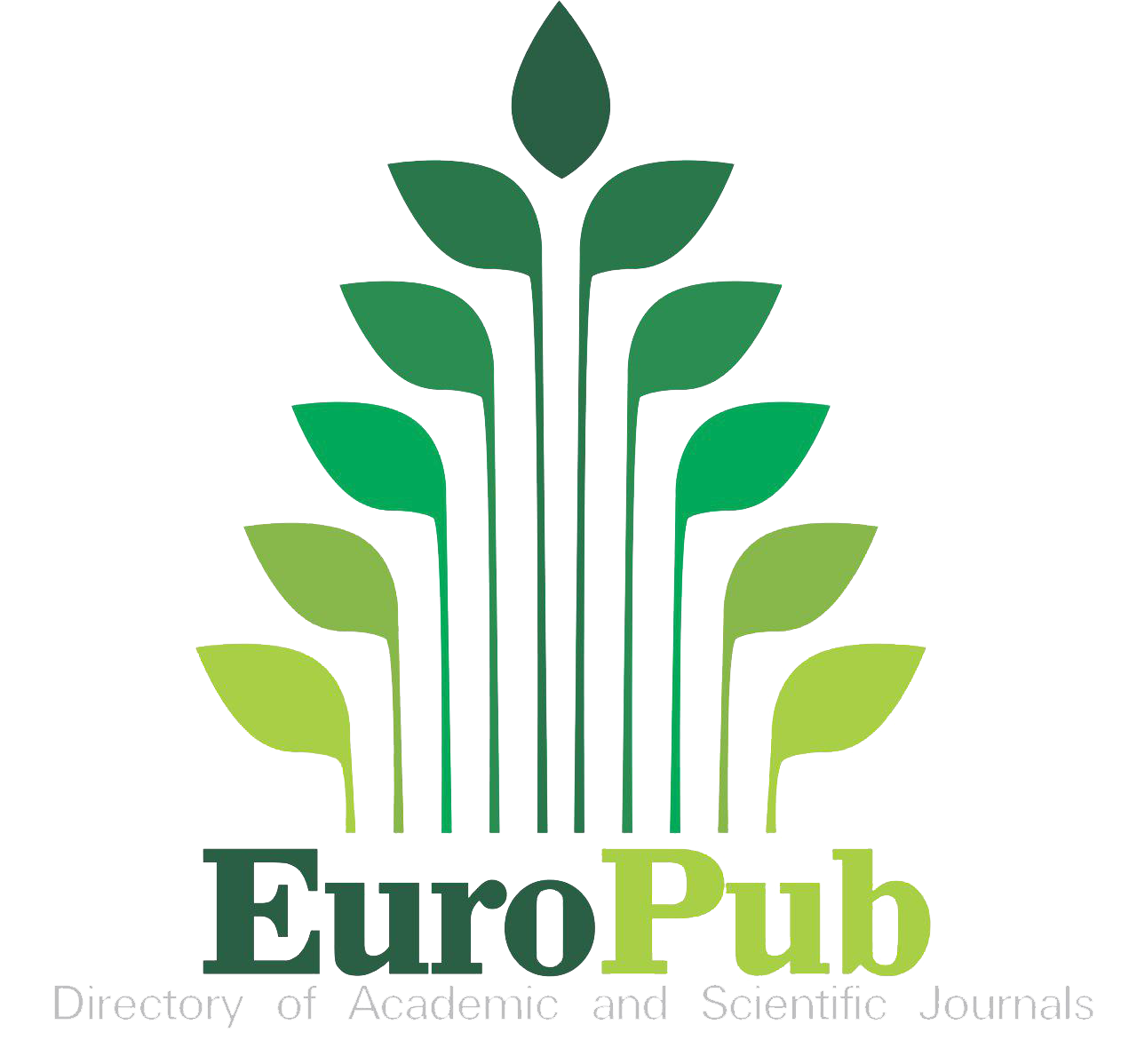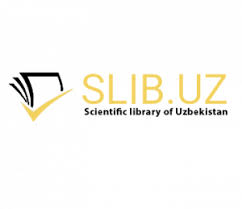INTERACTIVE METHODS IN LANGUAGE LEARNING: EFFECTIVENESS AND RESULTS
Keywords:
interactive learning, communication, motivation, collaboration, language acquisition, digital tools, gamification, fluency.Abstract
Interactive language learning methods emphasize active participation, communication, and collaboration, making language acquisition more engaging and effective. These methods include role-playing, group discussions, gamification, and digital tools that facilitate real-life communication. Unlike traditional teaching methods that focus heavily on memorization and passive learning, interactive approaches encourage learners to practice language in meaningful contexts. By creating a learner-centered environment, these techniques enhance comprehension, motivation, and fluency while promoting cultural awareness
References
1 Brown, H. D. (2007). Principles of Language Learning and Teaching (5th ed.). Pearson Education.
A comprehensive guide to language learning theories and interactive methods.
2 Harmer, J. (2007). The Practice of English Language Teaching (4th ed.). Longman.
Covers interactive teaching techniques, communicative approaches, and lesson planning.
3 Richards, J. C., & Rodgers, T. S. (2014). Approaches and Methods in Language Teaching (3rd ed.). Cambridge University Press.
4 Provides an overview of various language teaching methods, including interactive strategies.
. Research Articles and Conference Papers
5 Ellis, R. (2003). Task-Based Language Learning and Teaching. Oxford University Press.
6 Explores task-based learning and its role in interactive teaching.
Krashen, S. D. (1982). Principles and Practice in Second Language Acquisition. Pergamon Press.





























